Kenyan President William Ruto’s recent trip to Addis Ababa for the second Africa Climate Summit has once again put his travel choices under public scrutiny.
The summit focused on climate action and green growth across the continent, but attention at home quickly shifted to how the president got there.
Instead of using the official presidential jet, a Kenya Air Force Fokker 70, Ruto traveled aboard a hired Gulfstream V private jet registered as T7-VVV.
The presidential jet had been sent to the Netherlands for maintenance and reconfiguration, which forced the government to look for an alternative.
Flight records show that the Gulfstream arrived at Jomo Kenyatta International Airport around the time the official jet left for repairs, raising questions about the timing and decision-making process.
The choice of a private jet became a hot topic because of its cost to taxpayers. Reports indicate that hiring the Gulfstream V costs about 4.5 million shillings per hour.
For the roughly two-hour trip to Ethiopia, the bill comes to around 9 million shillings, a figure that many Kenyans feel is too high given the current economic situation.
The country is facing rising taxes, a high cost of living, and ongoing complaints about underfunded public hospitals and struggling schools.
Since taking office in 2022, Ruto has introduced several tax increases aimed at paying off debt and financing development projects. He has often told citizens to tighten their belts, but his own travel habits appear to contradict this message.
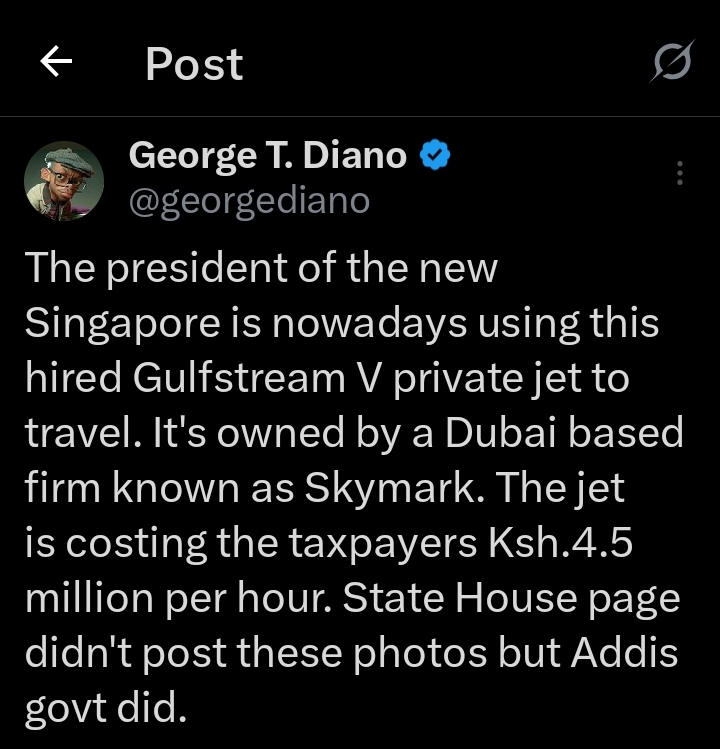
The matter is further complicated by past incidents. In 2024, Ruto traveled to the United States for a state visit using a chartered Boeing 737-700 from Royal Jet, a trip estimated to cost 200 million shillings.
At the time, Ruto said that “friends” covered most of the cost, bringing the taxpayer burden down to under 10 million shillings, but many Kenyans doubted this claim.
The UAE government later confirmed it had provided the jet, but critics argued that such generosity blurred the line between diplomacy and public accountability.
While in Ethiopia, Ruto launched a report tracking Africa’s climate progress since the 2023 Nairobi Declaration and witnessed the signing of a green industrialization framework. He also visited the Grand Ethiopian Renaissance Dam to highlight energy cooperation in the region.
These events were important for Africa’s climate agenda, but the focus at home stayed on how much the trip cost and whether it was necessary to use such an expensive aircraft.
Public frustration spilled over on social media, with Kenyans questioning why the president avoids commercial flights when asking citizens to endure more taxes. Some posts mocked the government’s vision of making Kenya “the new Singapore,” saying it is impossible to achieve when millions are spent on luxury flights.
Others criticized the size of past delegations, including the 200-person team that accompanied him to the US, as unnecessary spending.
Supporters of the president argue that secure and reliable travel is important for a head of state, but critics say the repeated use of expensive private jets sends the wrong message. They argue that such decisions take away money that could improve health services, education, and infrastructure at a time when Kenya’s power demand is climbing and development projects need more funding.
The president’s push for green growth and economic transformation may be well-intentioned, but without careful management of public funds, the message risks losing credibility.


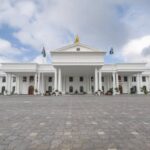

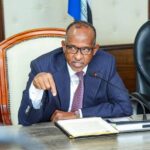


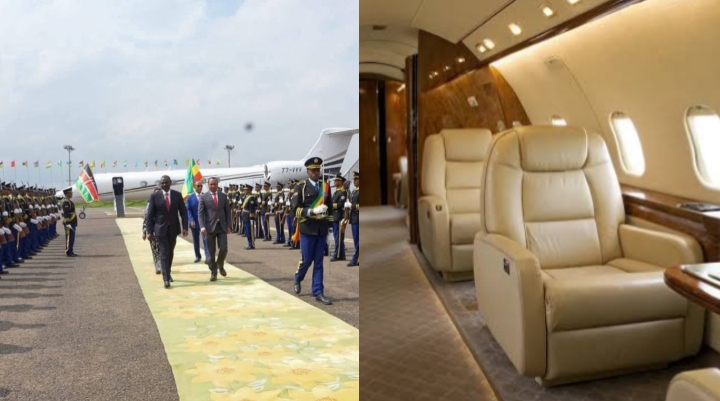


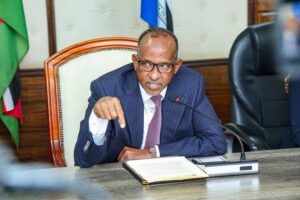


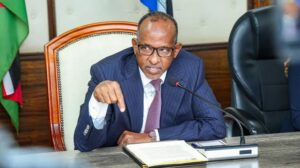

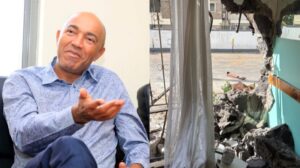
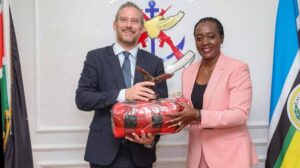




Add Comment